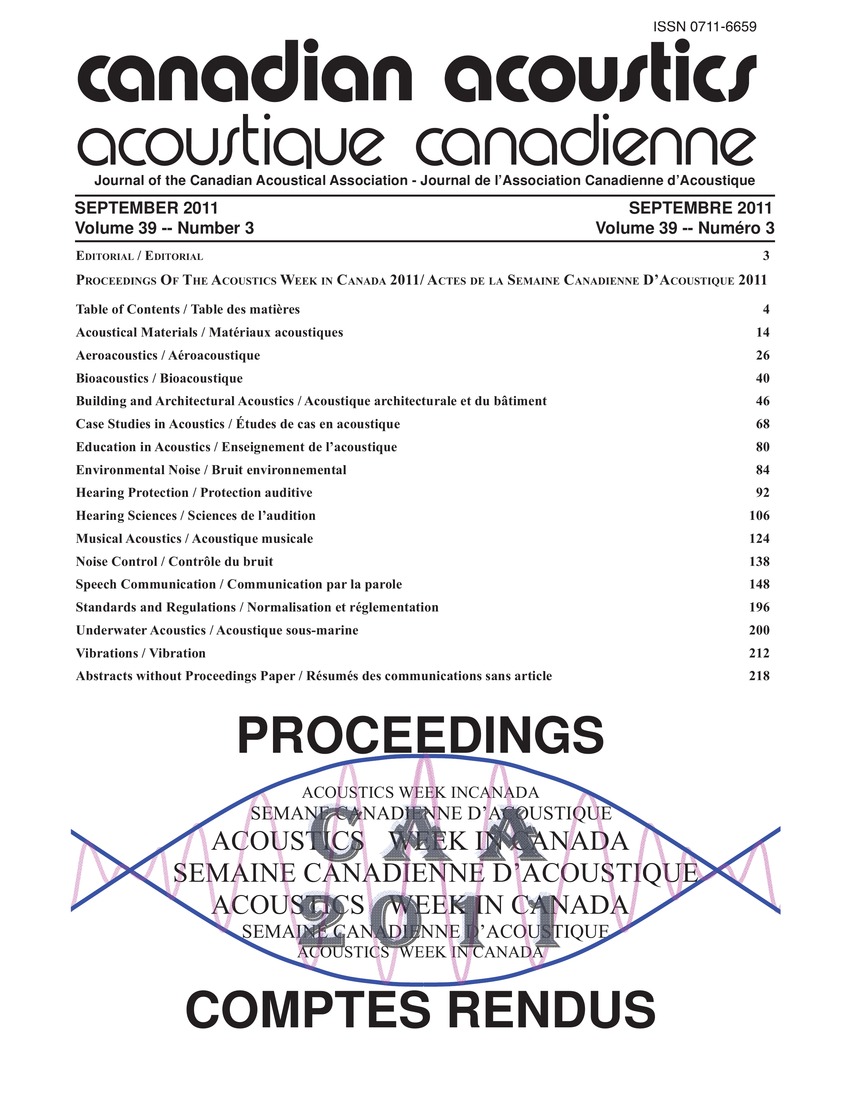Application of modal assurance criterion on metallic and composite structures
Keywords:
Modal analysis, Visualization, Direct use, Experimental methods, Metallic beams, Modal assurance criterion, Modal shape, Modal testings, Mode shapes, Real measured data, Real-life applications, Test and analysisAbstract
The article presents the use of the Modal Assurance Criterion (MAC) for the purpose of spatially comparing mode shapes to identify differences in the degrees of freedom between test and analysis modes. In modal analysis, direct use of experimental results may include errors due to measurements limitations, for example modes duplications. Most popular applications of modal testing provide direct comparisons of deformed modal shapes between analytical and experimental findings. The responses of modal testing are measured at a number of sensors, which allow visualization of the measured motion. Before performing any operation to assess the quality of the analytical model, it is paramount that a correspondence be established between the analytical and experimental methods. The MAC methodology was evaluated on simple metallic beams, plates and sandwich-composite panels. MAC was verified on real measured data, which lead to the necessity of this algorithm for real life applications especially for sandwich-composite structures.Additional Files
Published
How to Cite
Issue
Section
License
Author Licensing Addendum
This Licensing Addendum ("Addendum") is entered into between the undersigned Author(s) and Canadian Acoustics journal published by the Canadian Acoustical Association (hereinafter referred to as the "Publisher"). The Author(s) and the Publisher agree as follows:
-
Retained Rights: The Author(s) retain(s) the following rights:
- The right to reproduce, distribute, and publicly display the Work on the Author's personal website or the website of the Author's institution.
- The right to use the Work in the Author's teaching activities and presentations.
- The right to include the Work in a compilation for the Author's personal use, not for sale.
-
Grant of License: The Author(s) grant(s) to the Publisher a worldwide exclusive license to publish, reproduce, distribute, and display the Work in Canadian Acoustics and any other formats and media deemed appropriate by the Publisher.
-
Attribution: The Publisher agrees to include proper attribution to the Author(s) in all publications and reproductions of the Work.
-
No Conflict: This Addendum is intended to be in harmony with, and not in conflict with, the terms and conditions of the original agreement entered into between the Author(s) and the Publisher.
-
Copyright Clause: Copyright on articles is held by the Author(s). The corresponding Author has the right to grant on behalf of all Authors and does grant on behalf of all Authors, a worldwide exclusive license to the Publisher and its licensees in perpetuity, in all forms, formats, and media (whether known now or created in the future), including but not limited to the rights to publish, reproduce, distribute, display, store, translate, create adaptations, reprints, include within collections, and create summaries, extracts, and/or abstracts of the Contribution.


